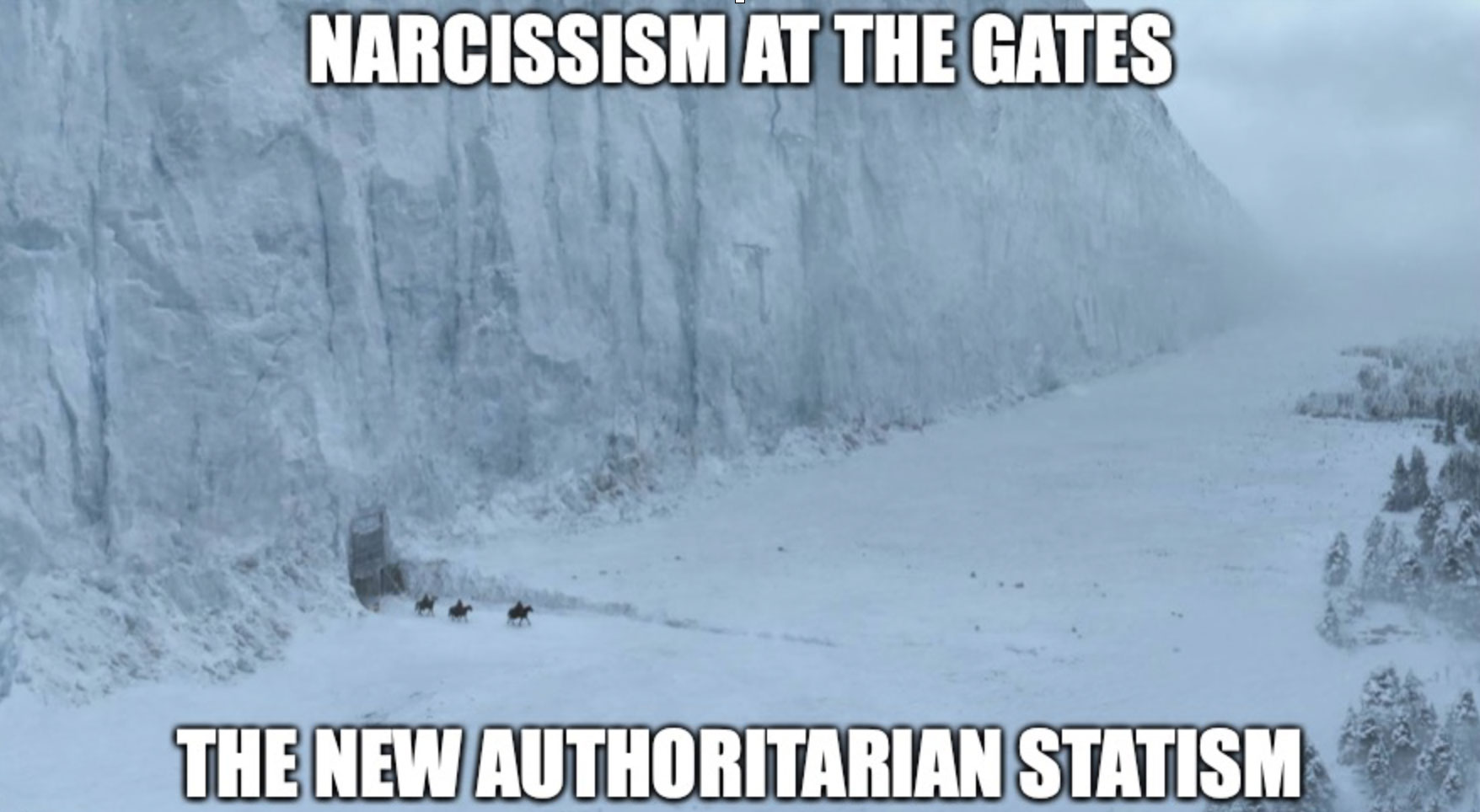Published in Greek, the stories are included in a book of collected works titled Axolotl and Other Stories, which combines several story collections from 1950 to the 1980s, including Bestiario. Julio Cortazar, Axolotl and Other Stories (Papyros Letra, 2009).
David Fear, “The Great Hack Review: From Data-Rights Fights to Democracy R.I.P.,” Rolling Stone, July 22, 2019 →.
Bob Jessop, The State: Past, Present, Future (Polity Press, 2016), 5.
Max Weber, The Vocation Lectures, trans. Rodney Livingstone, eds. David Owen and Tracy Strong (Hackett Publishing, 2004), 37.
Nicos Poulantzas, State, Power, Socialism (Verso, 1978), 147.
Poulantzas, State, Power, Socialism, 203–4.
This was in fact never implemented and instead led to neoliberalism, granting more freedom for multinationals to transcend borders and state control.
Rebecca MacKinnon, “China’s Networked Authoritarianism,” Journal of Democracy, April 2016, 32–46.
There has been a campaign from several organizations to incorporate the protection of data into human rights. The United Nations has issued a guidance note for treating data as a human right →.
See my previous article: iLiana Fokianaki, “Redistribution via Appropriation: White(washing) Marbles,” e-flux journal, no. 91 (May 2018) →.
Here I am utilizing the methodology of Deleuze and Guattari’s employment of psychiatry in their book Capitalism and Schizophrenia, in which they define the state’s self-presupposition as “schizoid Urstaat.”
Nancy Fraser, The Old is Dying and the New Cannot Be Born (Verso, 2019), 12.
Fraser, The Old is Dying and the New Cannot Be Born, 17.
Fraser, The Old is Dying and the New Cannot Be Born, 26.
Strongmen, ed. Vijay Prashad (OR Books, 2018).
Eve Ensler, “Trump: A Fable,” in Strongmen, 24.
Lynne Layton, Some Psychic Effects of Neoliberalism: Narcissism, Disavowal, Perversion, Psychoanalysis, Culture and Society (Macmillian, 2014), 161–78.
We only need look at the contempt with which contemporary societies view people that receive benefits and the decade-long crusade of neoliberalism to dismantle the welfare state.
Layton, Some Psychic Effects of Neoliberalism, 164.
Richard Samuels, New Media: Cultural Studies and Critical Theory after Postmodernity (Macmillian, 2009), 32.
For further context see “Extra States: Nations in Liquidation,” curated by iLiana Fokianaki, September 2018, Kunsthal Extra City, Antwerp.
Gilles Deleuze, “Postscript on the Societies of Control,” October, vol. 59 (Winter 1992): 3–7.
The detachment with which we consider with the news of hundreds of bodies drowning in the Mediterranean or thousands starving in Yemen operates similarly to our indifference with regards to extreme levels of poverty found throughout the world and the rise of inequality. As I am writing these lines nine refugee children below the age of twelve have died either at sea or by burning alive in the camps in Greece. This did not make mainstream European news headlines, or not as much as it should, let’s say. One must ask, why is it that we find it easier to mobilize in large numbers for climate catastrophe but not for the constant death of people of color in the Mediterranean, especially children? We must, of course, understand all this injustice to be interrelated. The left—at least in the EU—is not loud enough, because it is also to blame for this condition. In Greece, one of the biggest refugee camps, built for three thousand people but currently hosting twelve thousand, was created by the left Syriza government. On the one hand, the EU left and center left abandoned the working class across the continent, accepting the collapse of the welfare state while failing to constructively oppose the further augmentation of class disparities. They did not only abandon their citizens and legal constituents, but furthermore, all the “exo-state” bodies, mainly refugees and migrants, who not only suffer across the continent from failed and disgraceful “assimilation” policies, but also face progressively more hostile infrastructures in their attempts to reach Europe. Therefore, instead of demolishing the us-versus-them divide, the center and left political forces of the EU unwillingly aided it, giving ground to far-right rhetorics.
See →.
The work Being safe is scary (2017) was installed in the entrance of the Fridericianum as part of Banu Cennetoğlu’s contribution to Documenta 14 in Kassel.
Safariland is a company responsible for manufacturing and marketing weapons (such as tear gas) used against migrant families at the US–Mexico border, water protectors at Standing Rock, and protestors in Ferguson, Oakland, Palestine, Puerto Rico, Egypt, and other countries.
Alex Greenberger, “‘I Am Not the Problem’: Whitney Vice Chair Responds to Open Letter Calling for Action Against Him,” Art News, December 3, 2018 →.
See further →.
Noted in a private conversation with the artist.
See →.
See →.
Fragments of this text were presented on January 27, 2019, in Rotterdam, within the context of the conference Art After Culture, co-organized by e-flux journal and Witte de With. I would like to thank Elvia Wilk for her help with this text, Galit Eilat for directing me towards Lynne Layton as well as Nayantara Ranganathan and Manuel Beltrán’s excellent work on Facebook’s “deep internet” labyrinth of ads.
